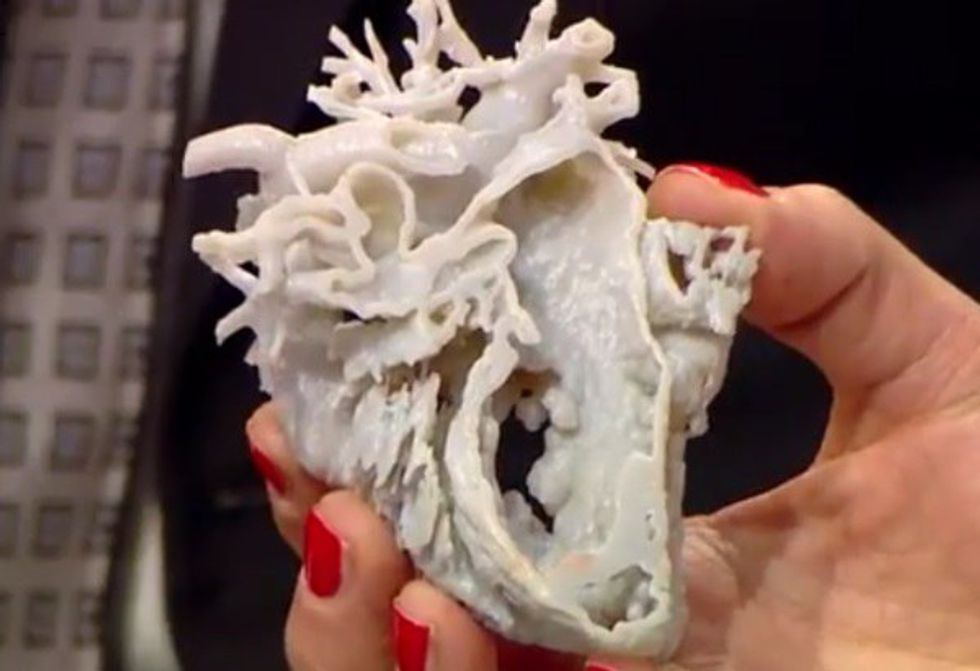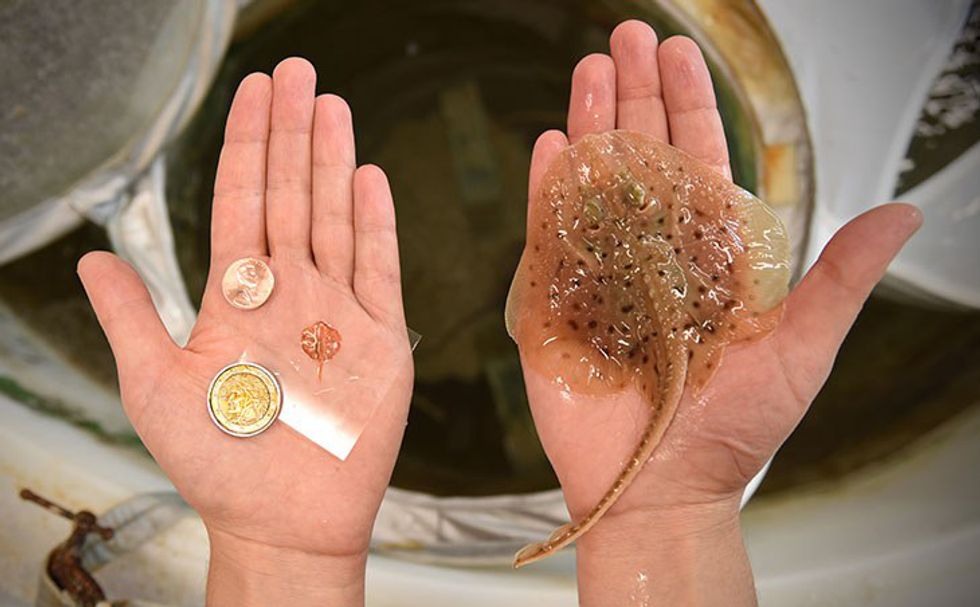A Harvard scientist has created a light-driven robotic
stingray powered by the heart cells of genetically modified mice. And if that
isn’t the most sci-fi sentence you’ve read in years, you’re either doing
something terribly right or horribly wrong.
Bioengineering, the field of science responsible for this strange and almost abstract breakthrough, is a relatively new discipline. It focuses on the application of engineering methods to biological or medical components in order to solve real-world problems. Bioengineers work on everything from creating new medical equipment, to programming the DNA inside a living cell, to creating entirely new out of living tissue.
One of the biggest goals of modern bioengineering, for years
now, has been the creation of human organs from scratch. Such a breakthrough
would completely change the medical world- imagine if patients would no longer
have to wait years for a viable donor, and could instead just custom order a
healthy copy of their own organs, possibly even created from their own cells. In
theory, these artificial organs would be created by a 3D printer, using cells
instead of ink, slowly laying down layer after layer of the organ on top of one
another until the entire organ is finished.

And then there’s the problem of complexity- human organs are
large and tend to be very complicated, and there are some doubts that we would
even be capable of artificially creating something similar. Those doubts were
exactly what Kevin Parker wanted to address when he set out creating an
artificial robotic sting-ray powered by genetically altered mouse heart cells.
When the light is shone in the water near the robot, the
stingray will swim towards the light as the heart cells contract in a
specifically programmed pattern, causing the wings to flap in just the same way
that a real stingray’s do.
In theory, this is the exact same process as creating a
human heart from scratch. Programming the cells to react in a certain way to
specific stimuli, and then arranging them in a very specific pattern in order
to produce a very specific effect- it’s the same thing that bioengineers might
be doing in the very near future to print functioning humans organs. It’s a
sort of prototype, a test run to prove that it’s possible.
So even though a tiny plastic fish, driven towards light and
powered by the cells of genetically re-engineered mice, might seem a little bit
nuts, it’s actually a big step towards solving one of the most ambitious
medical problems of the twenty-first century.




 Photo by
Photo by 














